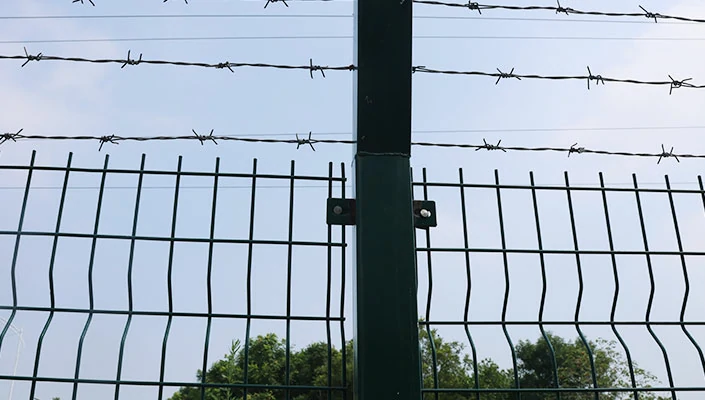Jul . 12, 2024 04:58
Back to list
Nails specifically designed for securing hardwood floors in place during installation.
Hardwood floors are a popular choice for their beauty, durability, and timeless appeal. When installing hardwood floors, one crucial aspect to consider is the type of nails used. Hardwood floor nails play a significant role in securing the floorboards to the subfloor and ensuring a sturdy and stable finished product.
There are various types of nails that can be used for hardwood floors, but the most common ones are cleats and staples. Cleats are L-shaped nails that are typically made of steel and have serrated edges to grip the wood. They are driven into the floorboards at an angle using a specialized nail gun. Cleats provide excellent holding power and are ideal for solid hardwood floors.
Staples, on the other hand, are u-shaped nails that are also made of steel and are driven into the floorboards using a staple gun. Staples are quicker and easier to install compared to cleats, making them a popular choice for engineered hardwood floors. They provide good holding power and are less likely to split the wood.
Another important factor to consider when choosing hardwood floor nails is the length and gauge of the nails. The length of the nails should be determined based on the thickness of the floorboards and the subfloor

hardwood floor nails. Nails that are too short may not secure the floorboards properly, while nails that are too long can protrude through the floorboards and cause a safety hazard. The gauge of the nails refers to the thickness of the nail shaft and should be selected based on the hardness of the wood. It is also crucial to ensure that the hardwood floor nails are of high quality to prevent issues such as rusting or bending over time. Stainless steel nails are recommended for their corrosion resistance, especially in high-moisture areas like kitchens and bathrooms. Additionally, coated nails are available for added protection against moisture and to reduce friction during installation. Proper installation of hardwood floor nails is essential to ensure the longevity and stability of the floors. Nails should be driven into the floorboards at the proper angle and distance from the edges to prevent splitting. It is also important to use the right nail gun and pressure settings to avoid damaging the floorboards. In conclusion, hardwood floor nails are a critical component of the installation process and can significantly impact the overall quality and durability of the floors. By selecting the appropriate type, length, and gauge of nails, and ensuring proper installation techniques, homeowners can enjoy beautiful and long-lasting hardwood floors for years to come.

hardwood floor nails. Nails that are too short may not secure the floorboards properly, while nails that are too long can protrude through the floorboards and cause a safety hazard. The gauge of the nails refers to the thickness of the nail shaft and should be selected based on the hardness of the wood. It is also crucial to ensure that the hardwood floor nails are of high quality to prevent issues such as rusting or bending over time. Stainless steel nails are recommended for their corrosion resistance, especially in high-moisture areas like kitchens and bathrooms. Additionally, coated nails are available for added protection against moisture and to reduce friction during installation. Proper installation of hardwood floor nails is essential to ensure the longevity and stability of the floors. Nails should be driven into the floorboards at the proper angle and distance from the edges to prevent splitting. It is also important to use the right nail gun and pressure settings to avoid damaging the floorboards. In conclusion, hardwood floor nails are a critical component of the installation process and can significantly impact the overall quality and durability of the floors. By selecting the appropriate type, length, and gauge of nails, and ensuring proper installation techniques, homeowners can enjoy beautiful and long-lasting hardwood floors for years to come.
Share
Latest news
-
Space-Saving Chain Fence Hacks Vertical Gardening with Cyclone MeshNewsJul.16,2025
-
Innovations in Iron Nail Wire Production for Modern ConstructionNewsJul.16,2025
-
Creative Uses of Wire Netting Fence in Modern Landscape DesignNewsJul.16,2025
-
Barbed Wire Fence Innovations in Anti-Climb TechnologyNewsJul.16,2025
-
Architectural Uses of Umbrella Nails for Aesthetic Roof DesignsNewsJul.16,2025
-
Architectural Uses of Razor Barbed Wire in Secure Urban DesignNewsJul.16,2025




